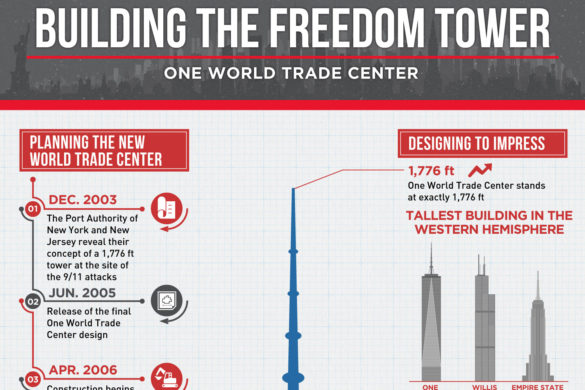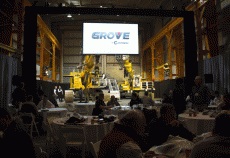
Tandem Lift Assistant
At the end of 2012, Terex Port Solutions successfully commissioned a Tandem Lift Assistant at Rendsburg Port Authority GmbH, Germany. This means that the two Terex® Gottwald Mobile Harbour Cranes supplied to the customer in the course of 2012 – one Model 3 crane, variant G HMK 3405 with a maximum lifting capacity of 100 tonnes, and one Model 8, G HMK 8610 with a maximum lifting capacity of 150 tonnes – can now be used simultaneously to perform computer controlled tandem lifts. At the heavy-load terminal in Rendsburg Port, on the Kiel Canal in North Germany, these two cranes are responsible for handling project cargo, including particularly large, heavy components for wind turbines.
The Tandem Lift Assistant is one of a number of smart crane features offered by Terex Port Solutions to its customers to enhance the productivity and safety of complex moves with Terex® Gottwald cranes. The system was installed on the two cranes at the end of November 2012, and successfully commissioned during a test move. In December, the cranes performed their first commercial tandem lift when they handled a 236-tonne lock gate.
Highest performing Mobile Harbour Crane in the region
Rendsburg Port Authority intends to use Terex Port Solutions engineering to continue to expand its market position: “The Tandem Lift Assistant enables us to perform lifts with loads weighing up to 250 tonnes, which is more than any other crane in this region of Germany”, enthused Peter Klarmann, Managing Director of Rendsburg Port Authority GmbH, the owner of the two cranes. “Thanks to this capability, our cranes offer customers around the Kiel Canal a unique opportunity, which, of course, ensures us a competitive advantage when it comes to handling large, bulky and very heavy cargoes.”
With regards to the two cranes at Rendsburg Port, the specialists at Terex Port Solutions were faced with a particularly tough technical challenge, as Joachim Meyer, Head of Design for Mobile Harbour Cranes at Terex Port Solutions explained: “For the Rendsburg Port order, we applied our Tandem Lift Assistant technology to a combination of one Model 8 and one Model 3 crane, in other words, two cranes of very different size and design. The system offers customers not only increased levels of safety and convenience when performing tandem lifts, but also boosts productivity because they are permitted to use the maximum lifting capacity of both cranes.”
Safe tandem lifts at maximum lifting capacity
Terex Port Solutions provides customers with cargo handling cranes that have proven their capabilities when handling even the heaviest and bulkiest of loads in the power generation industry – in particular in connection with wind power. Using the Tandem Lift Assistant enables computer controlled synchronised operation of a pair of cranes by a single crane driver, with data being exchanged between the cranes via a secure wireless LAN.
When developing the Tandem Lift Assistant, Terex Port Solutions focused particularly on the risk factors typically encountered in tandem lifts, such as unequal loads on two cranes, lateral pull, overturning moments and fluctuating speeds. If these and other factors are not adequately monitored and addressed using technical means, regulations stipulate a reduction in the permitted loading of the cranes involved in tandem lifts by 25 per cent or more. Terex Port Solutions’ Tandem Lift Assistant permits the use of two Terex® Gottwald Mobile Harbour Cranes to the maximum lifting capacity of the two machines, in compliance with the ISO 12480-1 standard which regulates safe crane operation.
Smart crane features
The Tandem Lift Assistant was presented to the market in mid-2011 together with the Vertical Lift Assistant, which was developed for cranes working individually. These two solutions and other smart crane features – such as the verifiable weighing system for Mobile Harbour Cranes, which was also introduced in 2011 – demonstrate the innovative nature and customer orientation of Terex Port Solutions. Smart crane features from Terex Port Solutions fulfil the highest priority needs of terminal operators for safety and efficiency.
Author; eah
Source:



